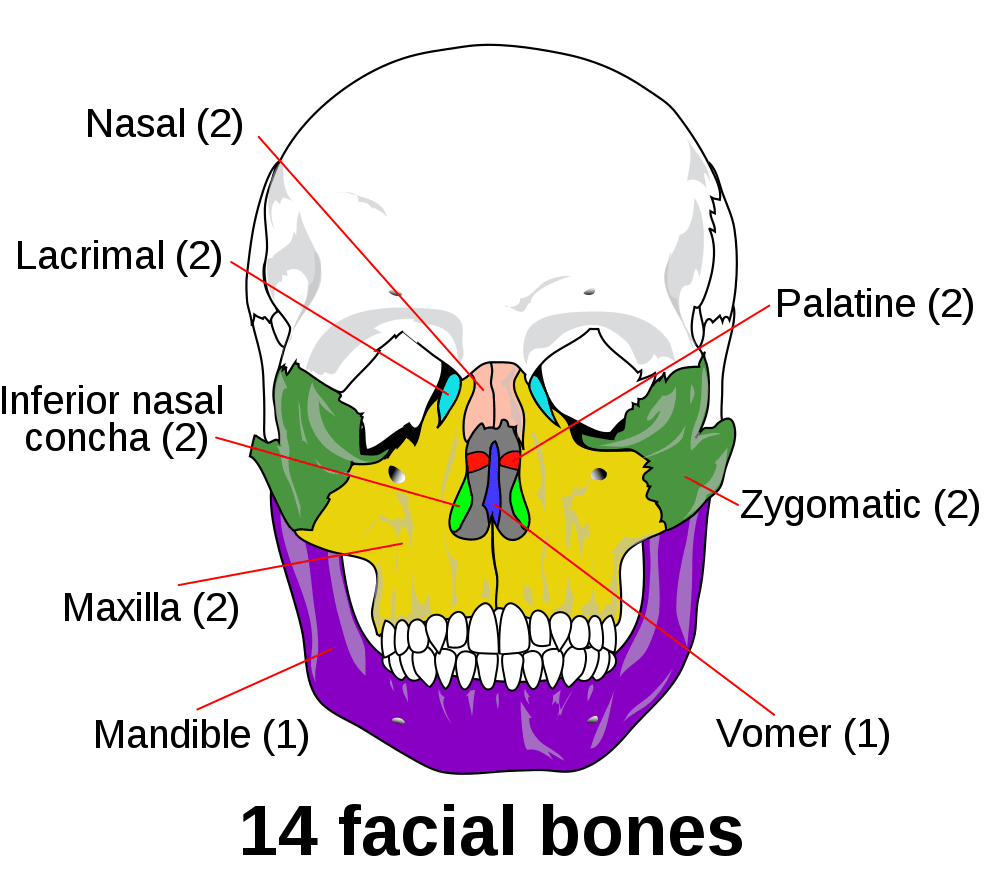Head and Neck

1. Introduction to Head & Neck Anatomy
- Understand the anatomy of the Head and Neck
- Coming Soon!
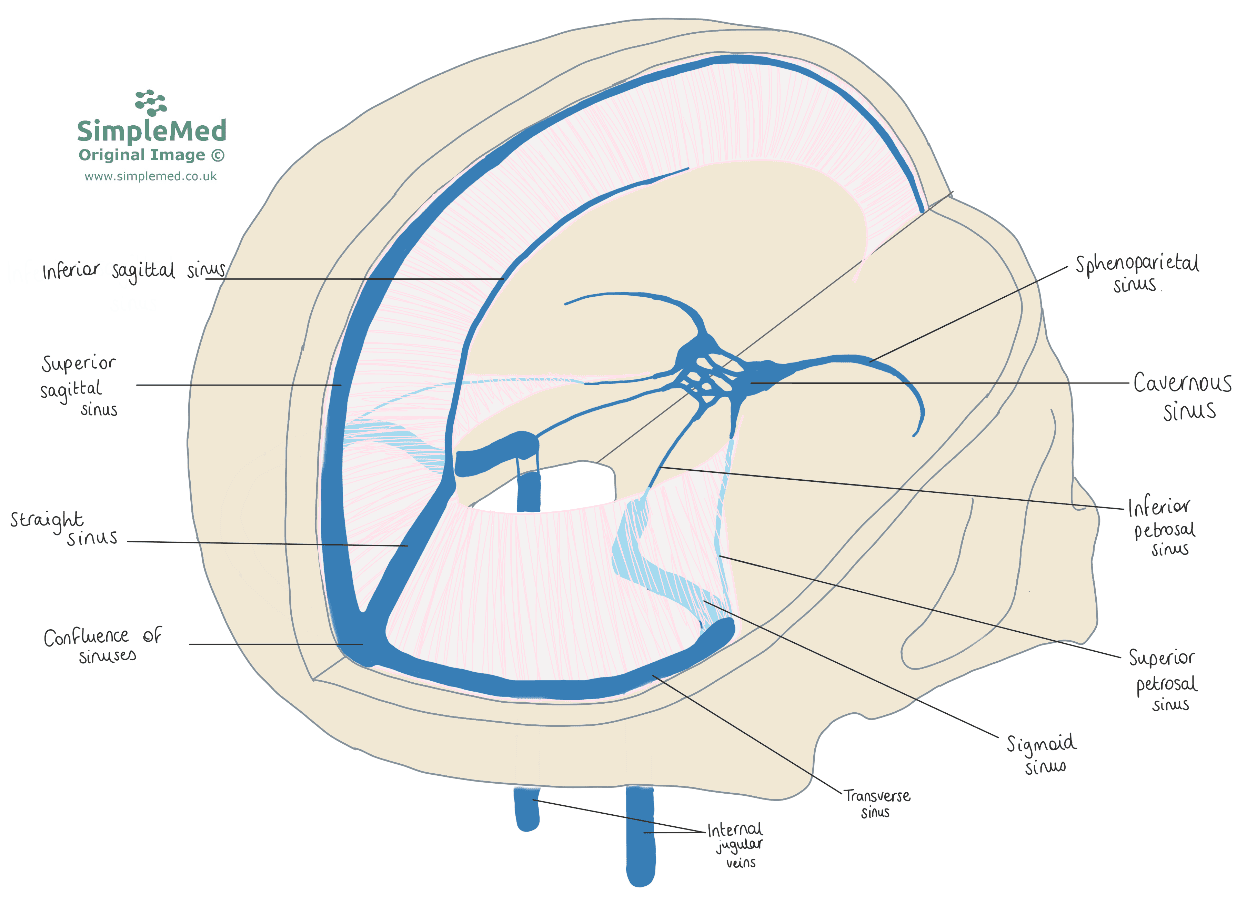
2. Blood Supply of the Head and Neck
- Understand the arterial supply of the head and neck areas
- Understand the venous drainage of the head and neck areas
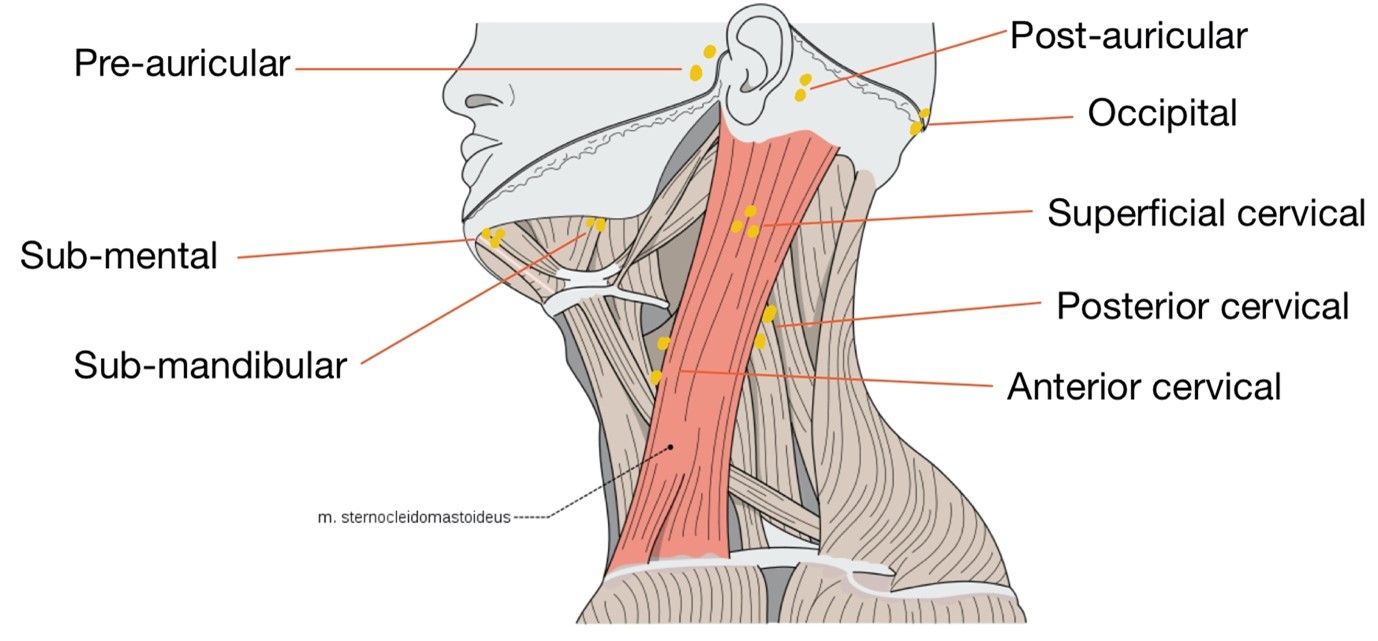
- Be aware of some of the common causes of neck lumps and their associated signs, presentation and locations
- Be aware of red flag symptoms of neck lumps and when to refer
- Understand how to approach a neck lump systematically and investigate possible causes
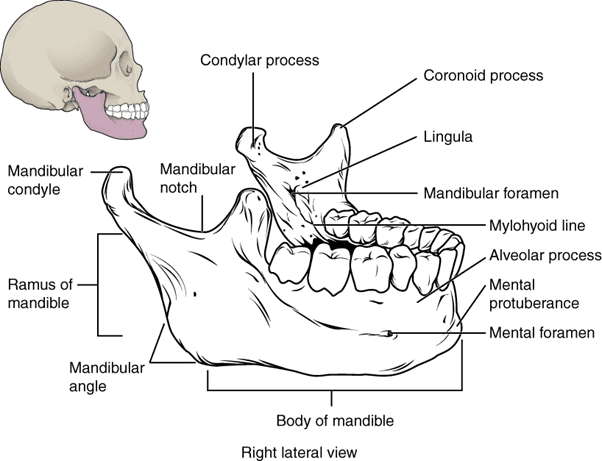
5. The Temporomandibular Joint
- Understand the structure of the TMJ
- Understand the movements and the unique aspects of the TMJ
- Be aware of some conditions that can affect the TMJ
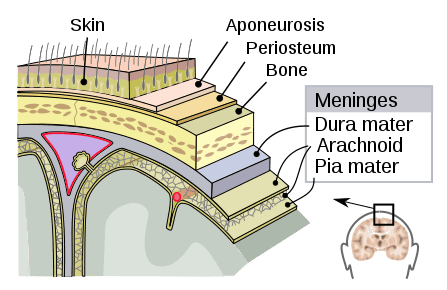
6. The Meninges
- Understand the structure and role of the meninges
- Be aware of the role and nuances of the dural layer
- Understand the vasculature associated with the dural venous sinuses
- Be aware of the types of intracranial haemorrhage and their CT presentation
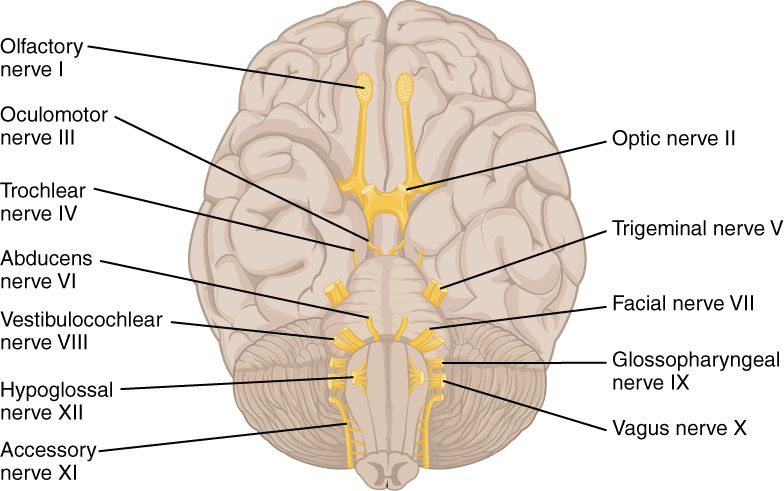
- Be aware of the cranial nerves, their anatomy, their functions and specialised functions
- Understand the complexities of eye movement and vision
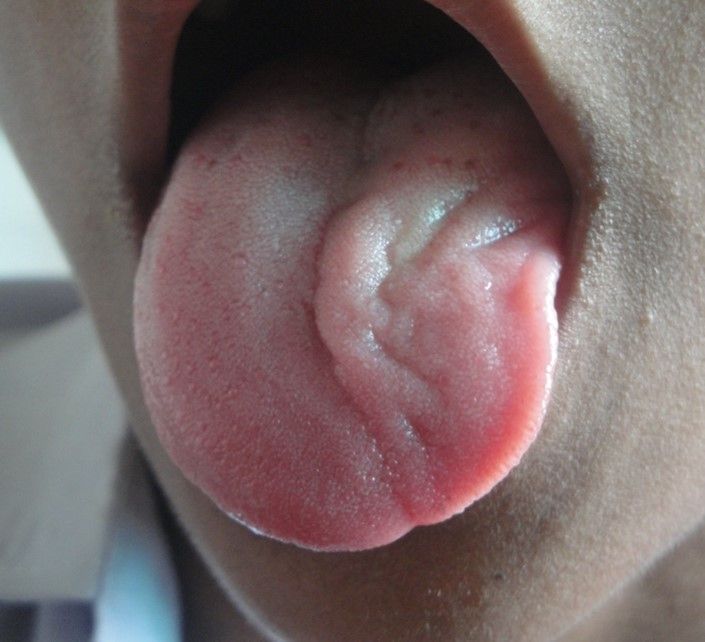
- Be aware of the cranial nerves, their anatomy, their functions and their specialised functions

9. Development of the Head and Neck
- Understand the individual components of the head and neck and how they evolve embyrologically and chronologically
- Understand the nervous, muscular, cartilaginous and arterial developments of the pharyngeal arches
- Understand why certain birth deformities e.g. cleft lip and palate may develop from an embryological point of view
- Understand the development of the thyroid gland, tongue and pituitary gland and how knowing this information can aid in clinically distinguishing neck lumps
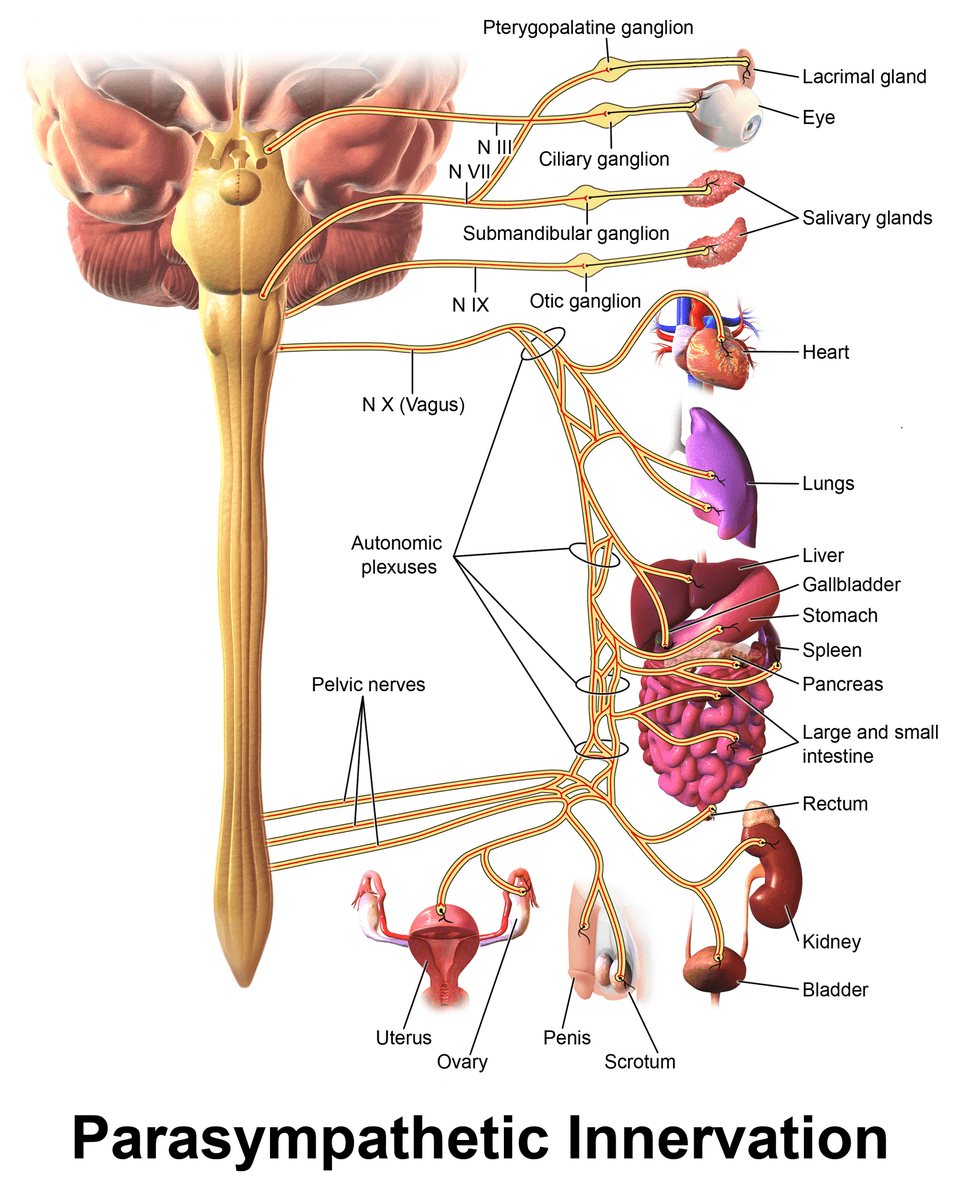
10. Autonomics in the Head and Neck
- Understand the role of the sympathetic nervous system within the head and neck.
- Understand the role of the parasymaptetic nervous system within the head and neck.
- Understand the anatomy of the head and neck autonomic system and how lesions in certain areas can correspond to differing pathologies.

11. Anatomy of the Ear
Coming Soon!
12. Ear Pathology
Coming Soon!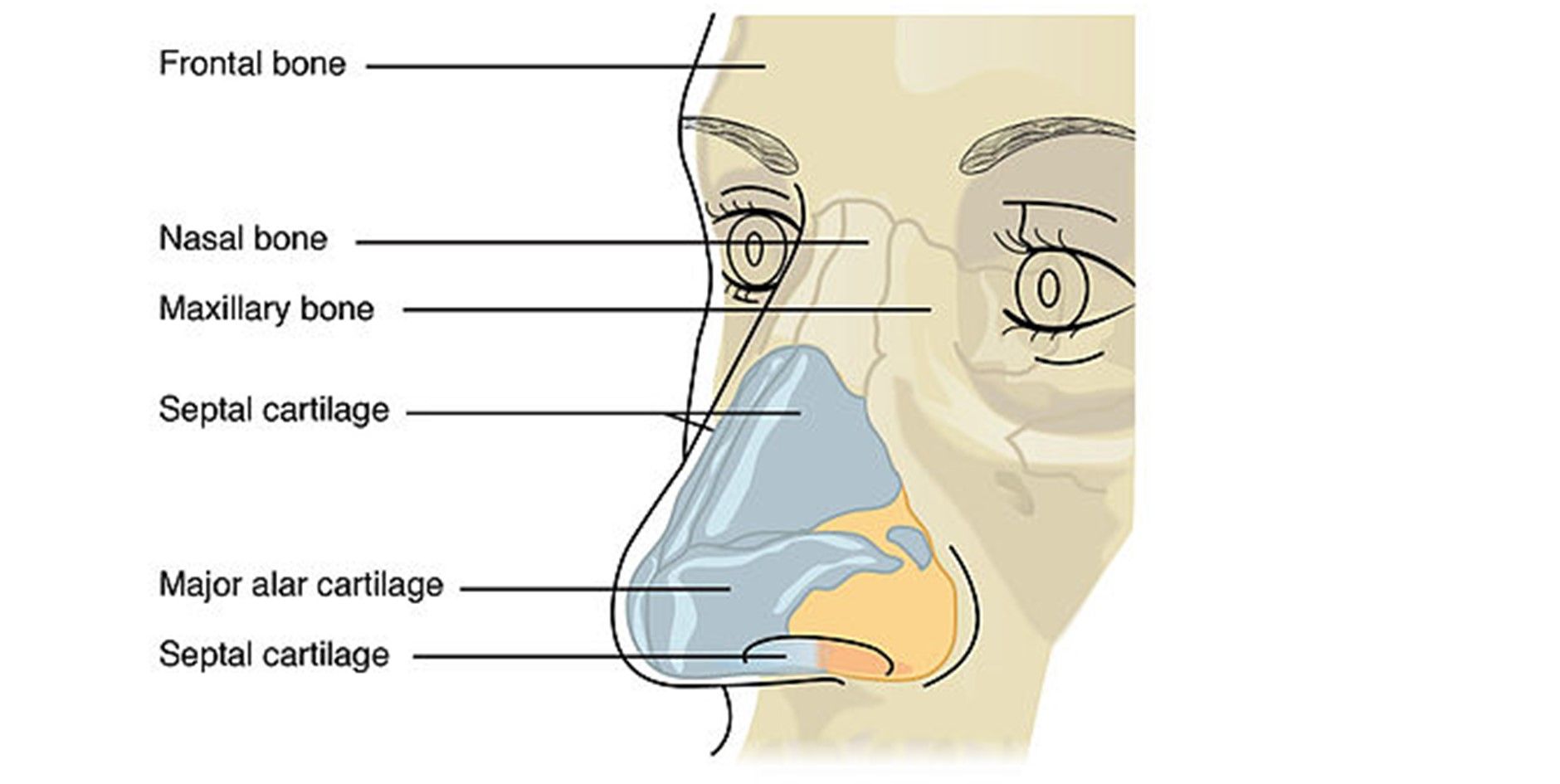
13. The Nose
- Understand the functions of the nose
- Be aware of the anatomy of the nose and nasal area
- Be aware of septal haematomas and their risks
- Understand the anatomy of the paranasal sinuses
- Be aware of the vasculature of the nose and how this affects treatments of epistaxis
- Be aware of a handful of nasal conditions and their risks

14. The Oral Cavity and Pharynx
- Understand the anatomy of the oral cavity
- Be aware of the tonsils and conditions that might affect them
- Be aware of the teeth and surrounding functional anatomy and the conditions that may affect them
- Understand the role and innervation of the tongue
- Be aware of the salivary glands
- Understand the areas of the pharynx
- Have a basic understanding of swallowing and the mechanism through which this happens

15. The Eye
Coming Soon!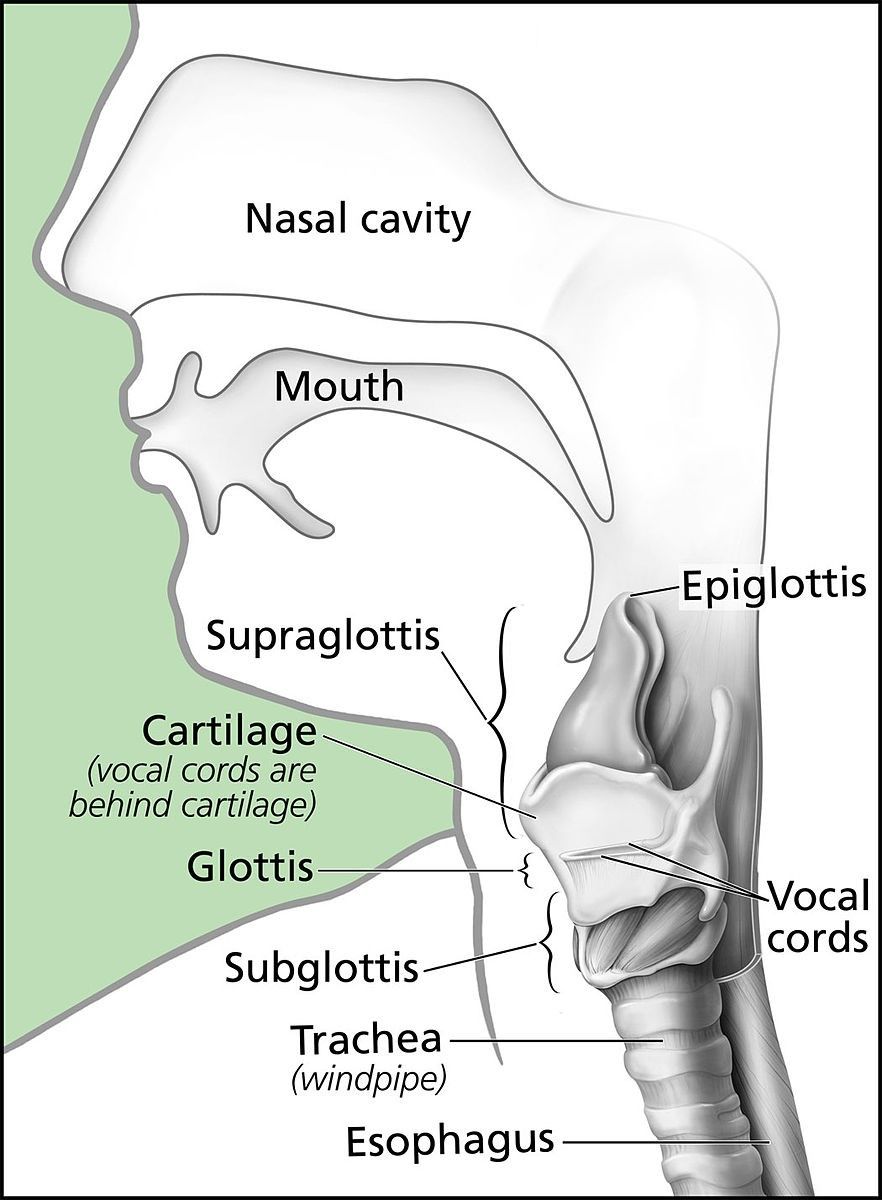
16. The Larynx
- Understand the functions of the larynx
- Be aware of the anatomy of the larynx and its components
- Be aware of the muscles and cartilage of the larynx
- Be aware of the innervation of the larynx
- Understand the pathologies associated with the larynx and the various causes for hoarseness of voice
- Be aware of epiglottitis as a medical emergency
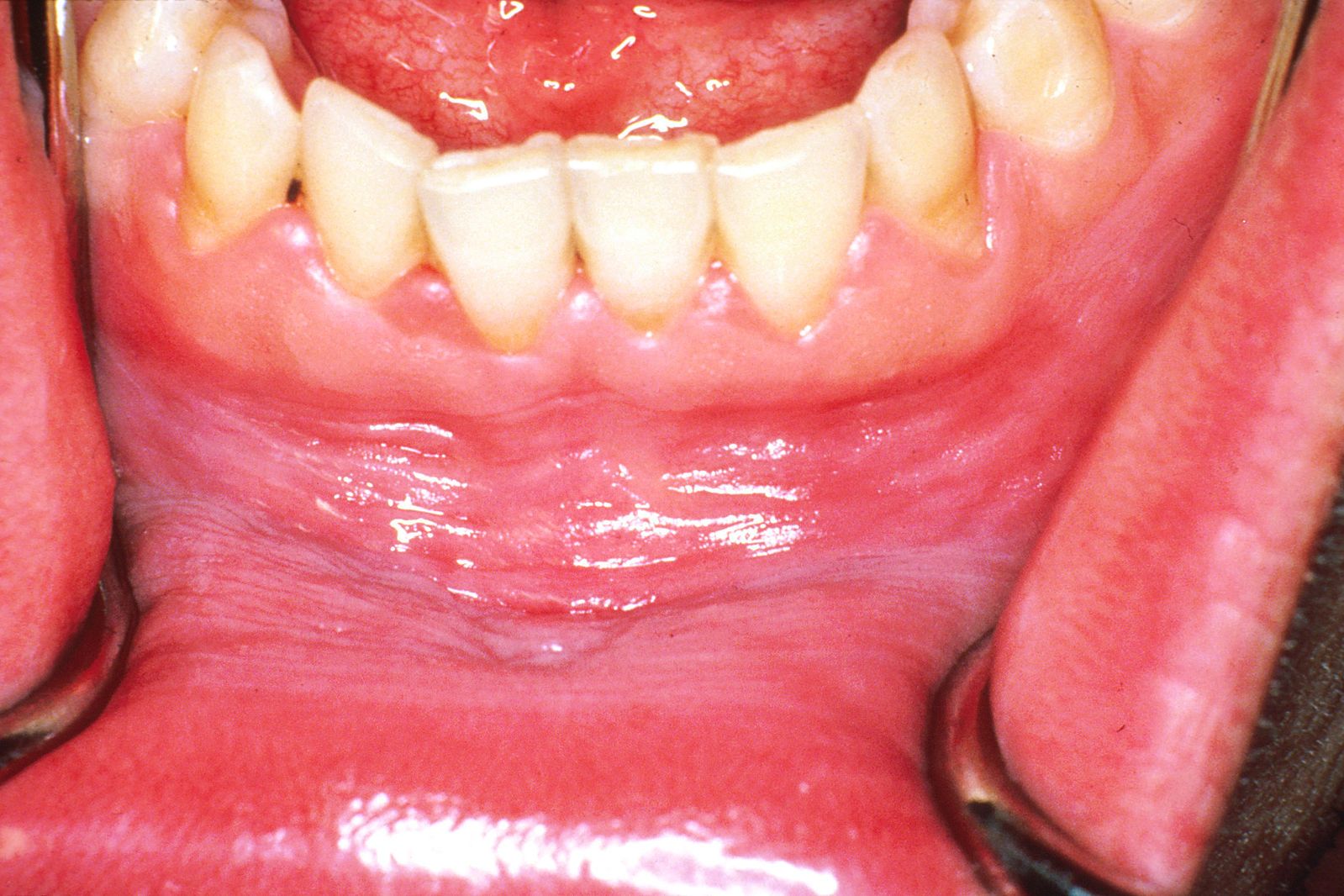
- Be aware of the most common types of head and neck cancers
- Understand the risk factors associated with head and neck cancers
- Be aware of the red flag symptoms of head and neck cancers
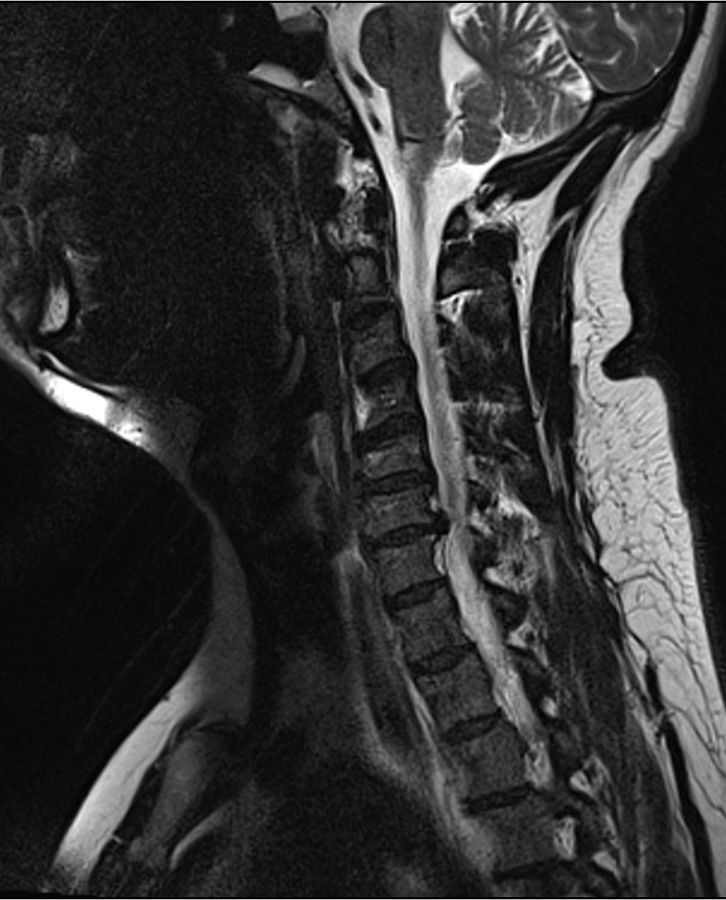
18. Imaging of the Head and Neck
- Be aware of the various modalities of imaging the head and neck area and when they might be used
- Be aware of situations where you might use ultrasound scans, radiography, CTs and MRIs as first line scans
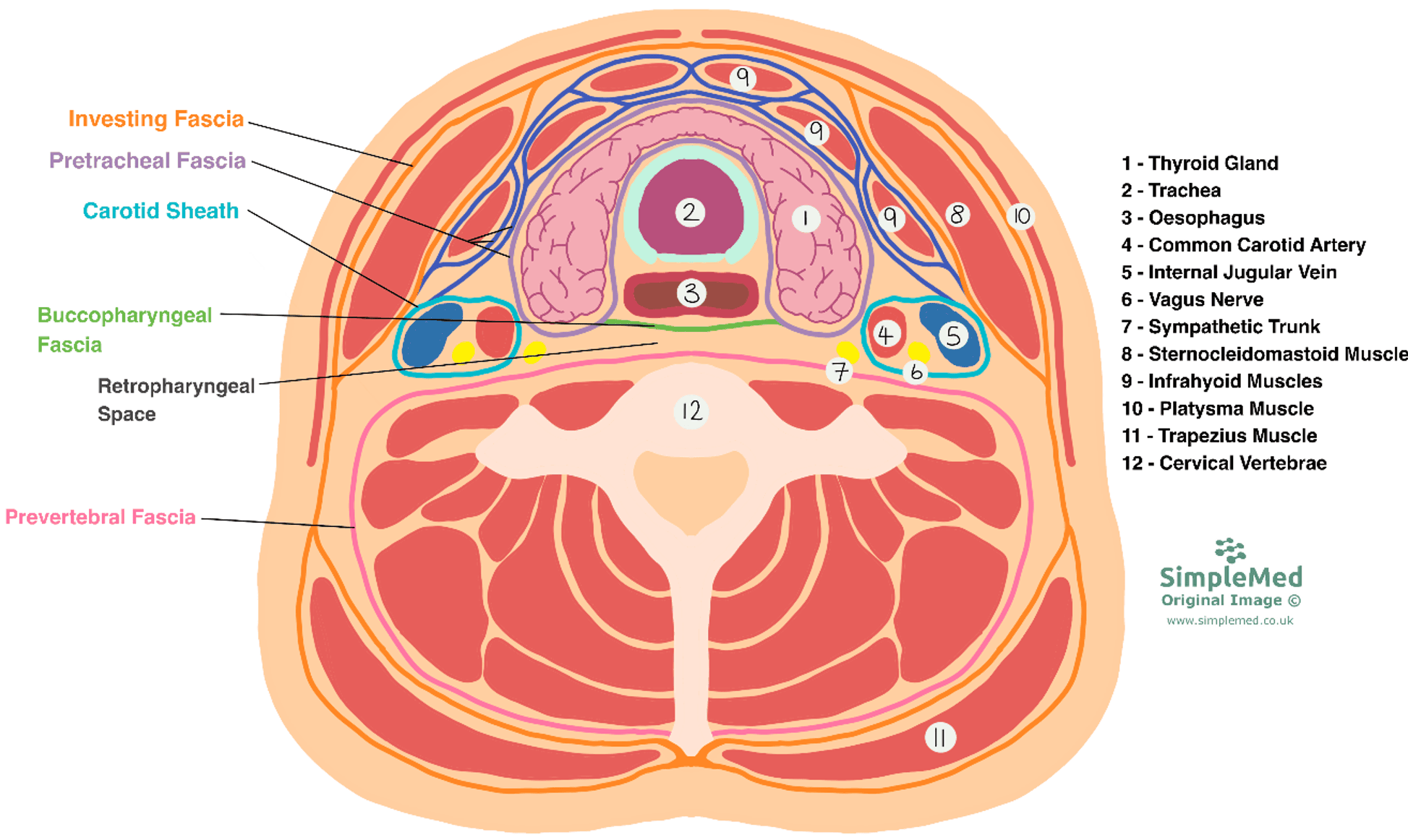
19. Fascial Planes, Muscles and Triangles
- Be aware of the different layers of the neck fascia
- Be aware of the muscles that act within the neck area
- Understand the muscles of facial expression and how they are innervated
- Understand the muscles of mastication and how they are innervated
- Be aware of the anatomical triangles of the neck and how they relate to structures and surgery
The medical information on this site is provided as an information resource only, and is not to be used or relied on for any diagnostic or treatment purposes. This information is intended for medical education, specifically to biological/medical learning inclined individuals, and does not create any doctor-patient relationship, and should not be used as a substitute for professional diagnosis and treatment.

